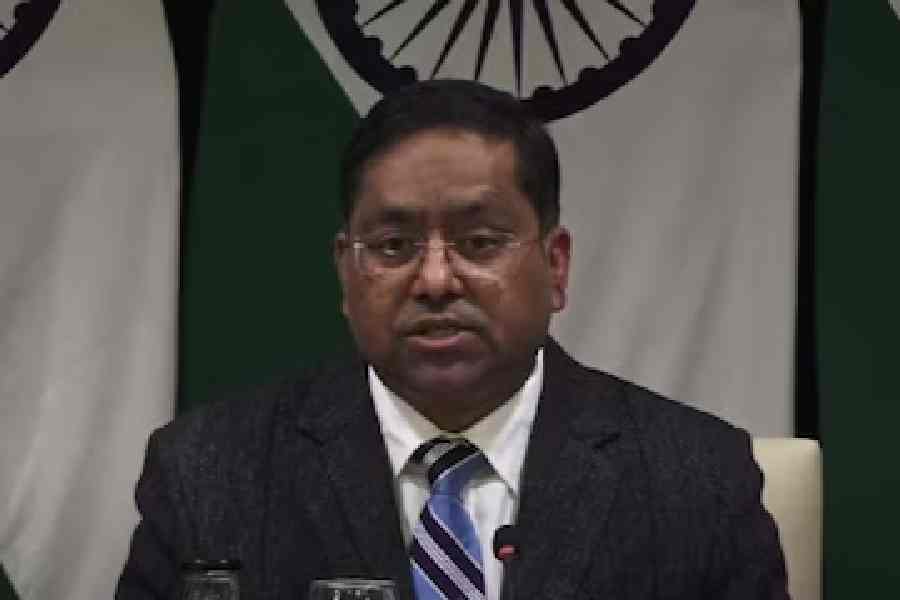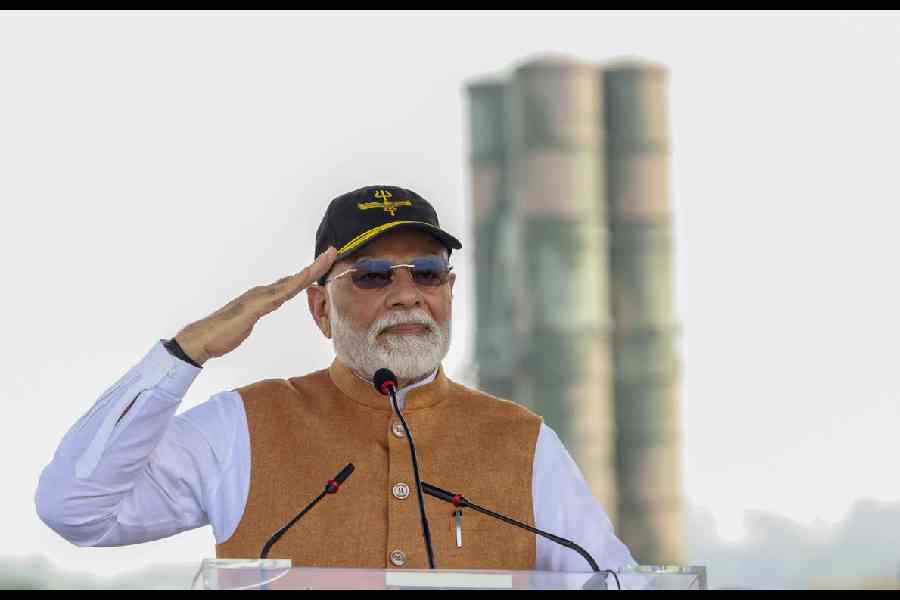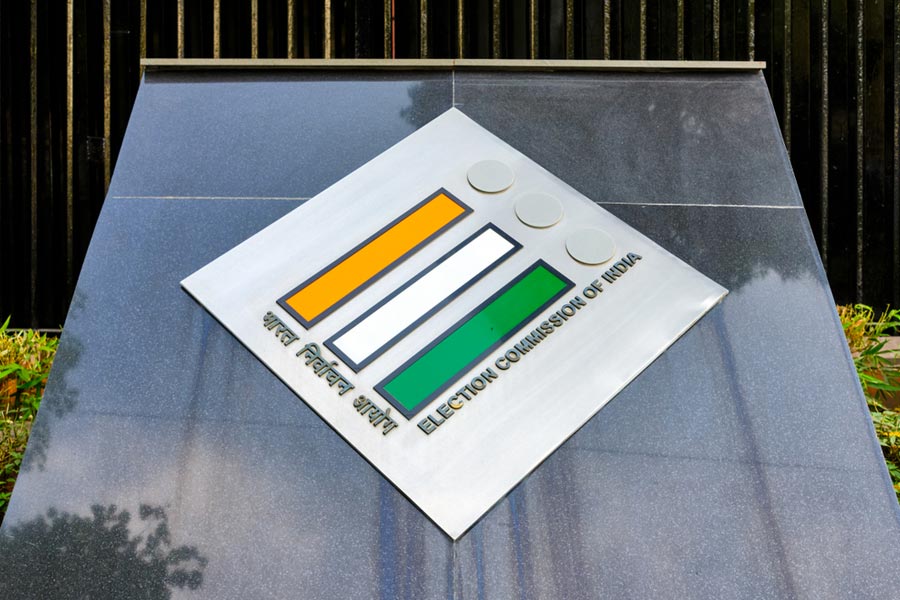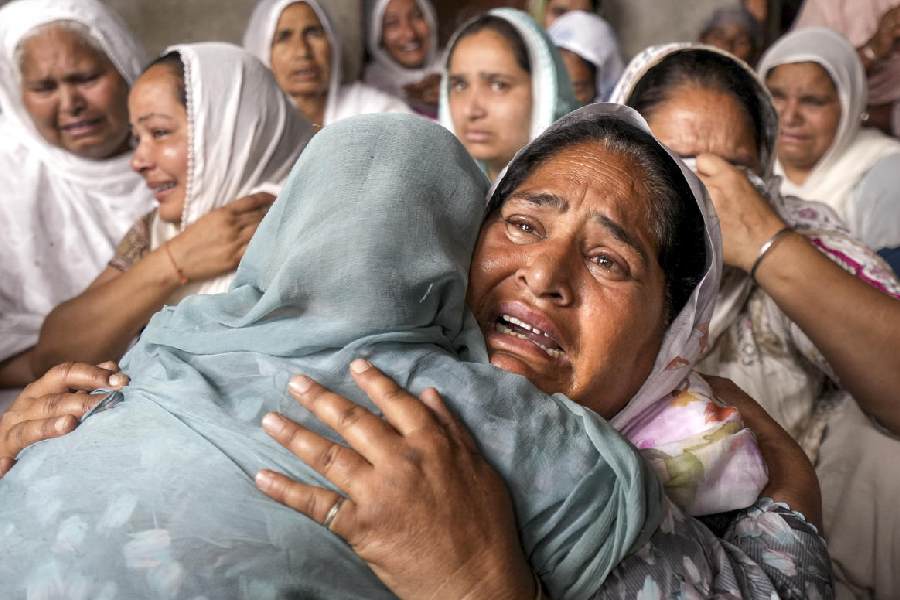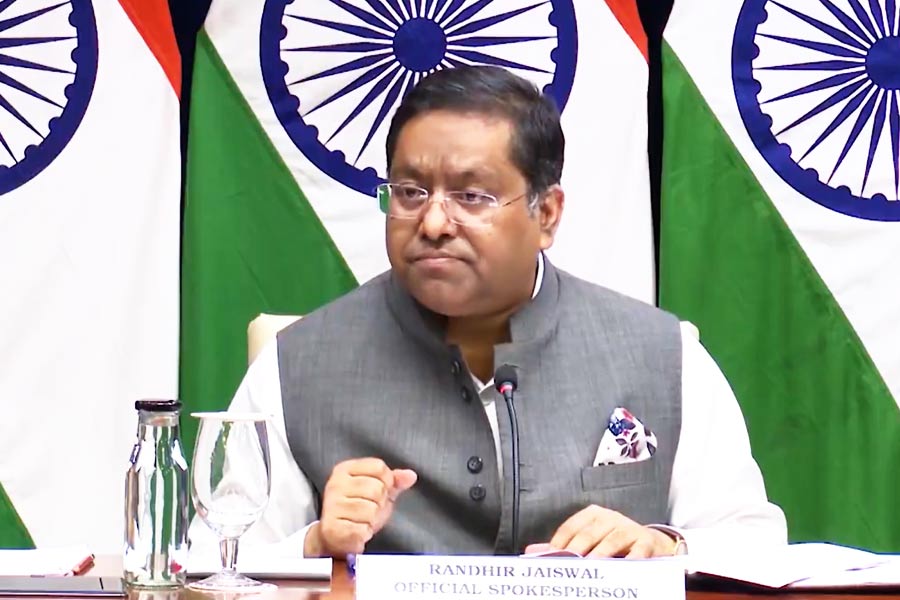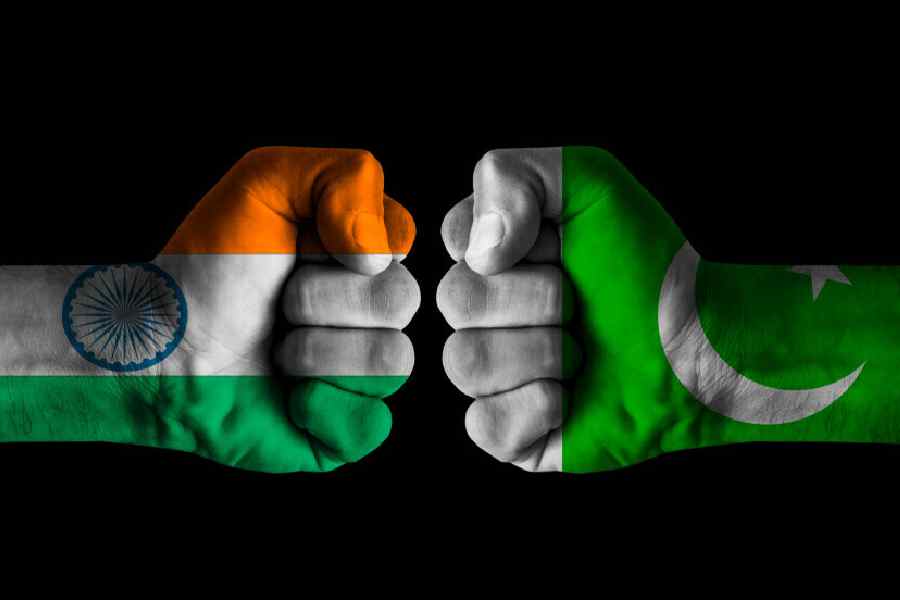 |
From the decaying Darjeeling and the stagnating tea gardens in the Dooars to the skeletons of closed and sick industrial units in the old rust belt of Durgapur-Asansol and on both banks of the Hooghly, it is a long row of graveyards that the Left leaves behind in Bengal.
Not just industries but, more crucially, institutions that once made Bengal proud and prosperous lie in ruins, whether in education, administration, health services, small and medium enterprises or even in agriculture and other land-based activities.
Such is the scale of Bengal’s decline that it is now among the poorest states in India. The Multidimensional Poverty Index (MPI), constructed by the Oxford Poverty and Human Development Initiative (OPHI) for the UNDP’s Human Development Report, 2010, estimates 55 per cent of India’s population to be poor on the basis of various indicators such as health, education and living standards. According to the study, the proportion of the poor in Bengal is 58.4 per cent, which is higher than the national average.
For all the noises that the Left made over the Arjun Sengupta Committee’s finding that 77 per cent of India ’s population live on less than Rs 20 a day in terms of purchasing power parity, the 34 years of Left rule has actually deepened poverty and unemployment in the state. Data from the National Sample Survey Organisation (NSSO) show that aggregate employment growth in Bengal between 1993-94 and 1999-2000 was only 0.76 per cent, compared to 2.44 per cent in earlier periods. This means less work and also more and more irregular work.
Obviously, a government that has one of the worst rates of indebtedness among the states has neither the money nor a vision to create either wealth or jobs. The success story of Haldia or the IT hub in Salt Lake can hardly counter the big story of overall decay. Besides, they also show what economists call a disturbing trend of an imbalance between investment and employment generation.
It certainly is not the truth that the Left inherited a “Sonar Bangla” (Golden Bengal). Bengal’s economic decline started in the sixties, thanks mainly to a huge population rise because of the unending influx of refugees from former East Pakistan and then Bangladesh. Even between 1951 and 1961, Bengal recorded a 33 per cent rise in population, as against a national average of 22 per cent. Letters of the then chief minister Bidhan Chandra Roy to Prime Minister Jawaharlal Nehru vividly capture the strains on the state’s economy.
The industrial sickness also had much to do with the Centre’s unfair freight equalisation policy which, together with the shrinking orders from the railways and the CPM’s irresponsible trade unionism, killed the small factories in Howrah, once known as the Sheffield of India.
The eve of the Left Front’s coming to power in 1977 wasn’t exactly the high noon of Bengal’s glory, either. A crumbling Congress, both in Delhi and Calcutta, left Bengal politically unstable and economically vulnerable. The Left contributed its share to the gathering doom with its militant politics, especially on the industrial front. The entry of “gherao” in the Oxford English Dictionary, in a way, symbolised the new age in Bengal.
In fact, the Naxalite violence and the Youth Congress-Chhatra Parishad vandalism of the late 1960s and early 1970s prompted the first brain drain from Bengal. The economic decline that set in and the party society that the CPM then founded and spread everywhere forced two generations of the best and the brightest to leave the state in fear and despair.
The tragedy is that when Jyoti Basu began his long reign, the Left, instead of reversing the trend in economic decline, started dismantling more and more edifices, economic and institutional, with greater vengeance.
The most powerful symbol of a fine institution going the graveyard way under the Left was Presidency College. Liberal and professional education, which had given Bengal an edge over other states for over a century, became the Left’s main battlefield for its supposedly ideological breakthroughs.
What the Left did to pull down Presidency — first with a new transfer policy for its teachers and then stuffing the faculty with political loyalists and even manipulating the admission policy — was reminiscent of the Red Guards’ battles during the Cultural Revolution to destroy the “elitist” character of Tsinghua University, founded by the Americans in 1911 as a centre of excellence in science and engineering. Rajat Kanta Ray, the history professor and now vice-chancellor of Visva-Bharati, was the only teacher of repute who stayed on at Presidency until recently — like the “boy on the burning deck”.
The same politics of “anti-elitism” or “democratisation” of education prompted the abolition of English and the examination system from the primary school level.
But the assault on education actually went much deeper. From the universities to colleges and schools, loyalty to the party prevailed over the formalities for recruitment. The result was a pathetic fall in educational standards at all levels — mediocre teachers producing unteachable and unemployable students. It was like Gresham’s Law in education, the bad driving out the good. Better salaries for teachers helped the party and its flock but not the cause of education.
Surprisingly, the CPM’s crusade against excellence and modernity, in industry or education, was a far cry from what its Chinese comrades were doing at the time. Deng Xiaoping was launching the “Four Modernisations” in China around the time the CPM in Bengal was resisting the introduction of computers in industry and other commercial sectors.
But surely things were different in agriculture and in village life. For a time, they definitely were. The land reforms and the elected panchayats not only electrified the lives of the poor with a new sense of democracy and empowerment but also improved both production and productivity in agriculture.
There are debates if the improvements in farming until the late 1980s were really the result of land reforms or of the introduction of high-yielding seeds and more intensive use of small irrigation under private initiatives. But there was little doubt that the poor in rural Bengal had more purchasing power and greater political participation than ever before.
But the promise died young. The CPM gradually moved away from all forms of economic and political radicalism in the villages. With the party’s help and support, a new “middle” class, comprising school teachers, middle-turned-rich peasants and small contractors of government-funded schemes, pushed the poor away not only from leadership but also from any form of participation in economic and political decision-making.
The CPM’s abdication of the cause of social justice and its alienation from the poor in rural areas showed in two striking ways. The poor who had got small plots of land, thanks to land reforms, or had their share-cropping rights legalised through Operation Barga, were selling off both land and cropping rights to the new class of the rural rich because the former did not have the means to buy the inputs for farming or make the land feed an expanding family.
The increasing seasonal migration of villagers from several districts such as Bankura, Purulia, West Midnapore, Malda and Birbhum to other states indicated the shrinking of the rural economy in Bengal. Worst of all, all recent data — from the National Council of Applied Economic Research and some other organisations — have confirmed that Bengal now has an increasing rate of school dropouts and low enrolment in the villages.
A few years ago, Amartya Sen’s Pratichi Trust collected detailed statistics in some districts to show what had been known for many years — that primary education was in a shambles, largely because of absenteeism by teachers who used their political clout to do everything other than go to the school and teach. The CPM made a desperate attempt at damage control some years ago by banning teachers from contesting panchayat elections. It was too cosmetic a change that came too late for the teacher-comrades to renew their interest in teaching.
Why then did the Left win elections all these years, especially on the strength of its rural vote? Obviously, the Left Front government’s pro-poor work during its earlier years and the salaried classes in government jobs created a solid votebank. But there are two other broad political answers to the question. One, electoral politics is not necessarily linked to development or to who benefits most from it. Even so, the decline in the Left’s vote share since 1996 provides a link. Second, the rise and fall of a party in any state has much to do with the rise and fall of the Congress in that state and at the Centre. For that makes a crucial difference to electoral arithmetic in India’s age of coalition politics.
But the graveyard symbolism for Bengal showed also in an overall deterioration of the state’s political culture. It wasn’t surprising that one of the most abusive of CPM leaders in the just- concluded polls was a former college principal. On the Trinamul Congress camp, too, one star who excelled in verbal abuses was a cultural icon-turned-politician. Verbal abuse and actual violence have a field day when productive labour or thinking is in short supply.
The empty fields of Singur, from where the world’s cheapest small car in history could have rolled out and thereby helped revive Bengal, are a stirring image of a new hope under Buddhadeb Bhattacharjee that too died young.


